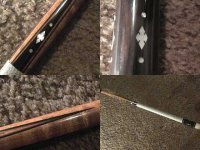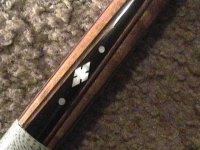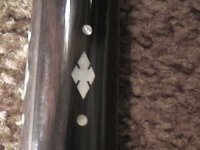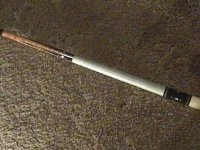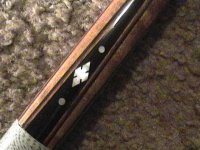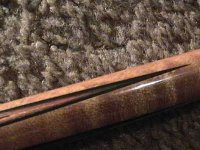Vintage Cue Expert Needed...
I recently bought this old cue. To me it seems as it is an old Richard Helmstetter from either the late 60's or 1970. It is in great condition and plays very well. Could anyone help me in figuring out if it is an old Helmstetter and which year it was most likly made? Furthermore I would like to get a clue on what the actual value of this cue would be in the US.
Thank's in advance for any help provided.
Markus
Germany
I recently bought this old cue. To me it seems as it is an old Richard Helmstetter from either the late 60's or 1970. It is in great condition and plays very well. Could anyone help me in figuring out if it is an old Helmstetter and which year it was most likly made? Furthermore I would like to get a clue on what the actual value of this cue would be in the US.
Thank's in advance for any help provided.
Markus
Germany
